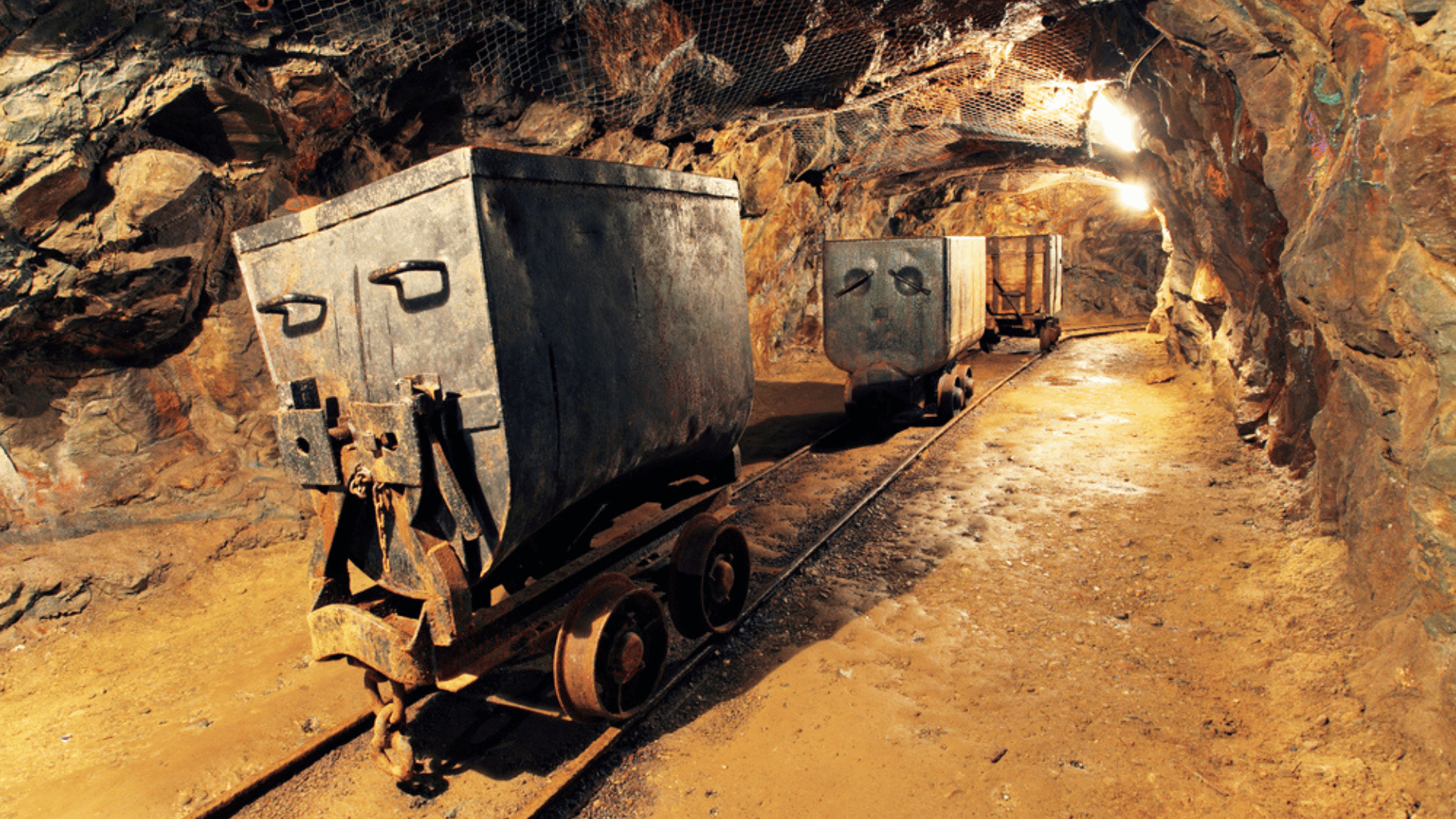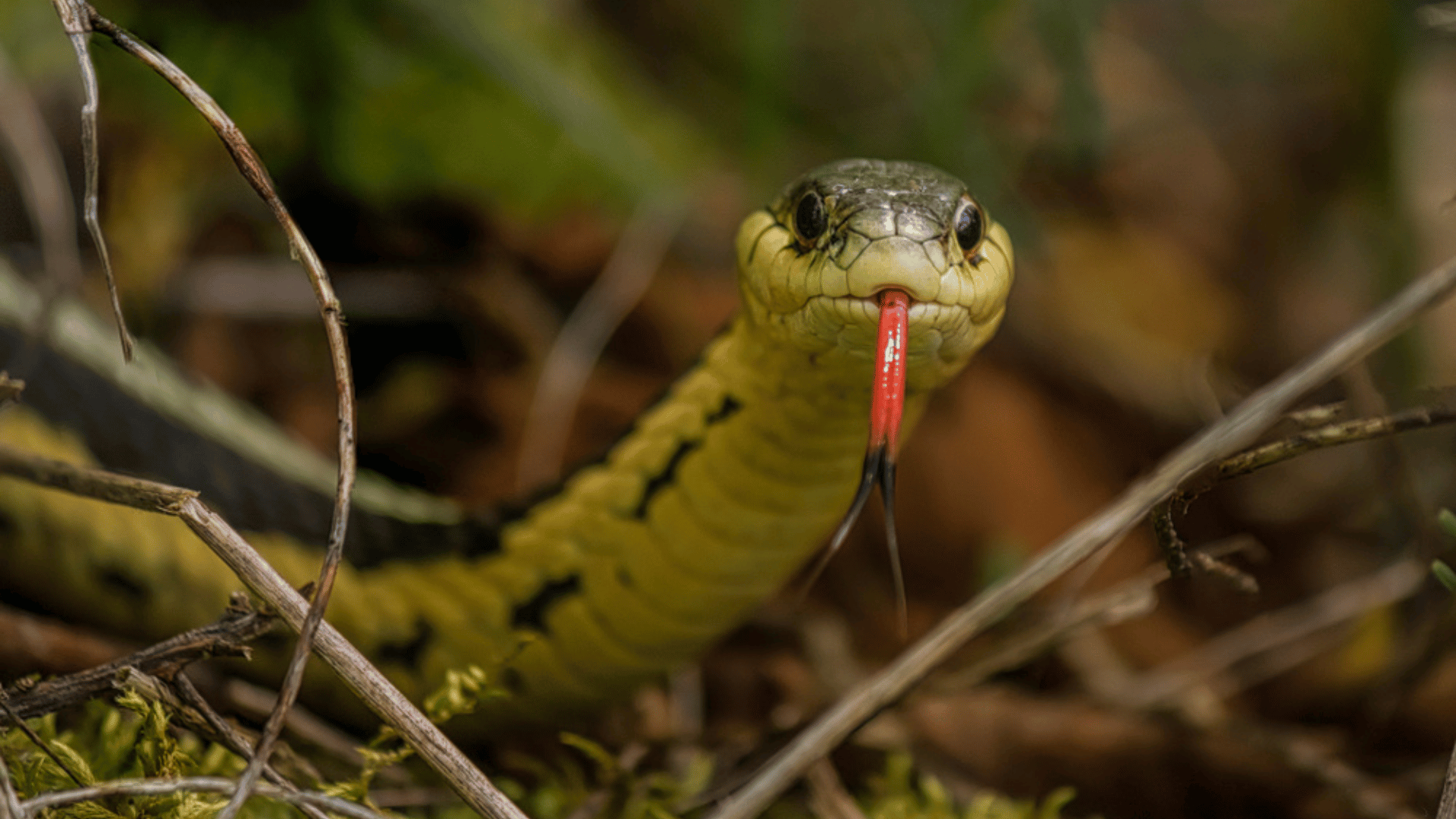According to pop culture (and some of the locals), Australia is a lawless land of harsh environments and dangerous creatures. Kangaroos and koalas may look cute and cuddly but have been known to attack humans. Nevertheless, while the outback can be hostile, it has also given us no shortage of natural wonders. There’s Uluru, or Ayers Rock, and Mackenzie Falls, but the most famous and important is the Great Barrier Reef.

Largest in the World
Located off the coast of Queensland, the Great Barrier Reef is the largest coral reef in the world, comprised of over 2900 individual reefs and 900 islands. It stretches across an area of 133,000 square miles (344,000 sq kilometers) and has a length of 1400 sq miles (2300 sq kilometers). It’s even visible from space as the largest structure made by living organisms- specifically, tiny creatures known as coral polyps.
Hundreds of species make the Great Barrier Reef their home, including endangered species. Dugongs, mammals similar to manatees, are often found there. Six types of sea turtles are known to use the Reef as a breeding ground. Over 200 species of birds have been seen roosting on the islands, or at least use the area to breed. Sharks, crocodiles, clownfish, dolphins, and whales have all been spotted within the reefs or the coast alongside it.
The reef itself is also a sight to behold, or rather each individual reef is stunning. The color and variety of coral on display is massive, with many kinds of reefs within the Great Barrier Reef system. Ribbon and deltaic reefs are found exclusively in the northern regions, with fringing reefs more common in the south. Oddly, few reefs are attached to the mainland, and there are no atolls.

Travel and Tourism
As one might expect, the wildlife and scenery itself make the Great Barrier Reef a popular tourist destination. While much of it is protected and cannot be visited by humans, there are still several experiences on offer. Scuba diving and glass-bottom boat tours are common, but it’s not unheard of to go sky diving or enjoy a cruise around the reef. Snorkeling is also promoted, with special tours for snorkelers advertised online. There’s a number of resorts near the Reef or even on some of the islands.
Among natives, it also holds extreme significance. The Aboriginal Australian tribe has lived near the Great Barrier Reef for at least 40,000 years, with the Torres Strait Islander peoples also calling it their home. Aside from using the Reef as a source of food through hunting and fishing, both peoples see the area as culturally and spiritually important. For example, turtle shells are often used to make ceremonial masks used in rituals.
Pop culture has also taken a shine to the beauty of the Reef, featuring it in many movies and TV shows. The most famous example might be the animated film Finding Nemo, about a young clownfish who is captured by researchers. Nemo and his father make their home in anemone within the Great Barrier Reef, with several native species appearing. These range from sea turtles to spotted eagle rays.
The Great Barrier Reef is a natural wonder. Much like the rainforests of the Amazon, many species that can’t be found elsewhere find their homes in the corals and waters. Its importance to the cultures and livelihoods of those in Queensland can also not be understated. Both pop and native culture have immersed themselves in the waves, maybe it’s time for the rest of the world to begin their voyage.
Come on in, the water’s just fine!
Follow our World of Inspiration and release the creator in you.




